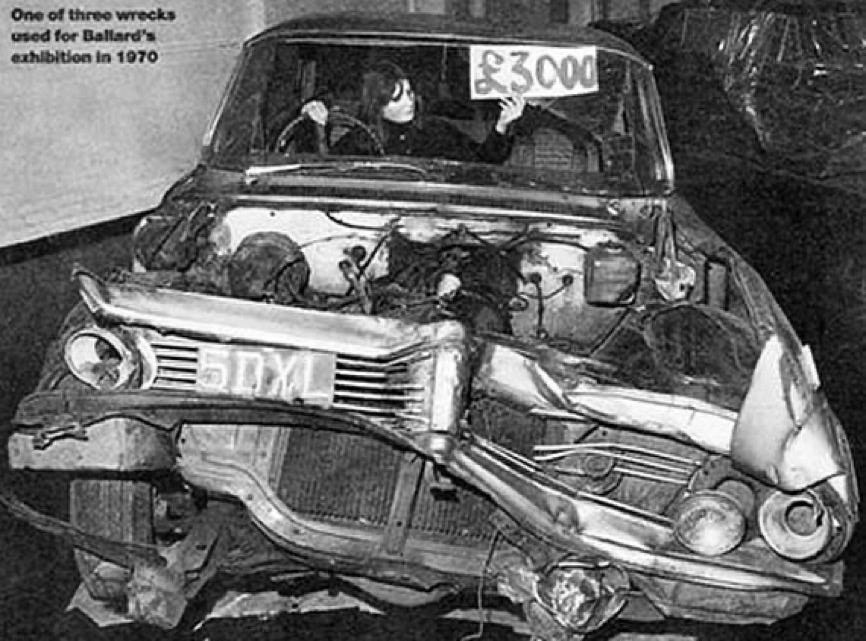#19 From the Twitter archives, part 4: Weekend Atrocities
The collision of two powerful late 60s works.
New Wave
This thread will look at two works from the late 60s: Godard’s Weekend and Ballard’s The Atrocity Exhibition. I believe these two share certain affinities; for one thing, they’re both works in which a passionately modernist sensibility tries to come to grips with the rise of postmodernism.
Turn on, tune in
Godard on the Left, Ballard the Right, yet the two are more similar than different. They’re both fascinated and horrified by the rise of the counterculture. Weekend’s hippies are teenage cannibals, fighting senseless battles in the backwoods. For Ballard, the world’s turned into a madhouse.
Brechtian
The early scene in Weekend of a half-undressed Corinne telling her sexual fantasies to her analyst is set to an ominous string piece so loud it almost drowns out the dialogue. Godard seems to want to oppress us, prevent us drawing the same pleasure as the corrupt doctor and his patient.
Science is the ultimate pornography
In The Atrocity Exhibition, Dr Nathan (and anonymous scientists in the Crash! and Reagan stories) are engaged in strange, sinister investigations. It’s unclear whether the author intends us to approve of such experimental science, or if it’s presented as satire. Ballard himself may have been uncertain on this.
Beyond the zero
Alternatively, it’s both satire and a manifesto (of a strange, ironic sort) - does Ballard believe the world has gone past some point of no return, such that these deeply perverse measures are now both necessary and justified? Notably, in his last book Ballard disowned AE’s radicalism.
Your life a movie
Godard’s film is also agitprop of an ambiguous sort, broadly Marxist. It makes heavy use of Brecht’s verfremdungseffekt—aggressively artifical, it sneers at the idea of verisimilitude. There’s an apparent plea for Red solidarity, undercut by a current of deep, Swiftian misanthropy.
Tracking the collapse
The famous one-take, twelve-minute traffic jam scene is a tour de force. As Roland and Corrine slowly and bad-temperedly make their way along the jam, we’re treated to a panorama of human folly and absurdity. It seems the survivors of society’s breakdown will be ill-prepared for what comes next.
A deathly tableau
Car crash deaths were reaching their Western peak in the 60s and 70s. In both men’s work of the time, car crashes are studied like works of art, the aftermath of a pileup becomes a stylish tableau. But unlike Ballard, Godard seems to view the car crash as a wound inflicted by Capital.
Modernists against hippiedom
For me the anger and horror in both works appears to stem, to a large degree, from an awareness modernism and its hopes were being eclipsed; society was abandoning them for a new barbarism. Both men would wage war for a time on the new sensibility, Godard with his Dziga Vertov group, Ballard with Crash and High Rise.














